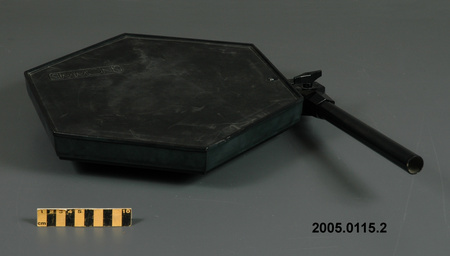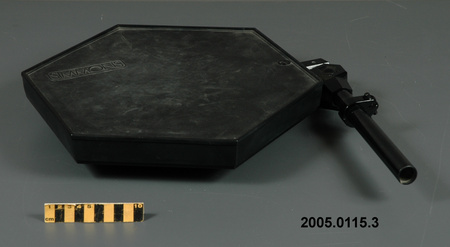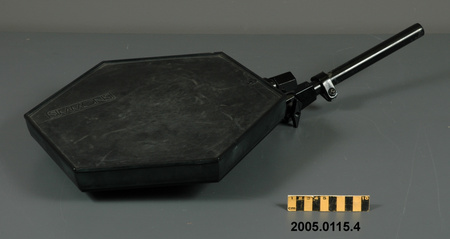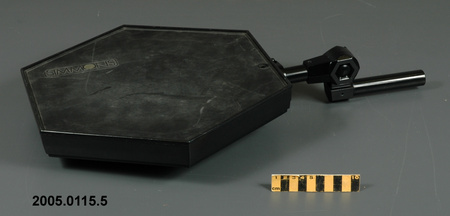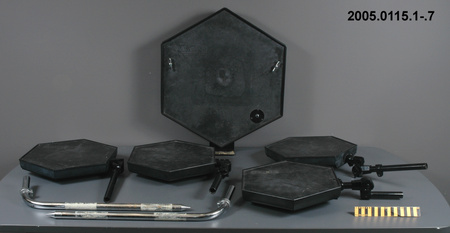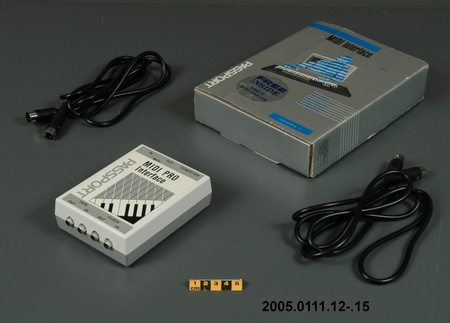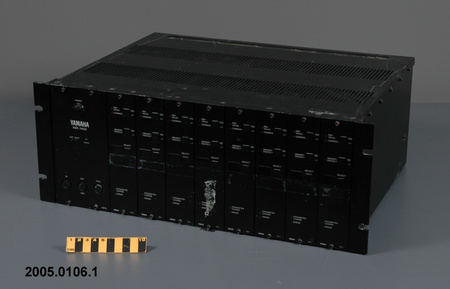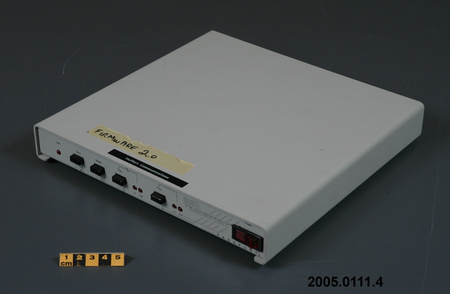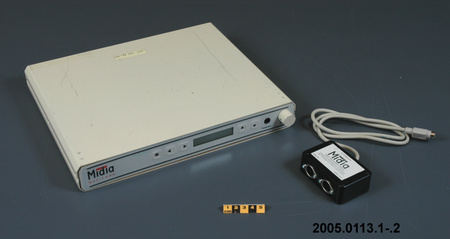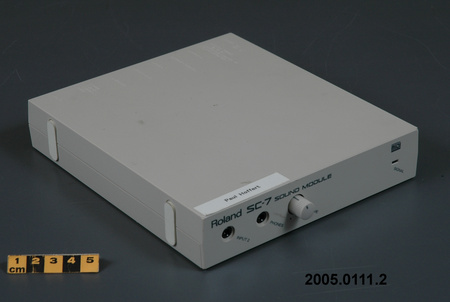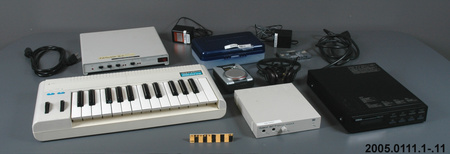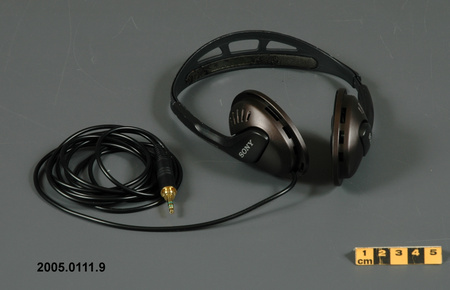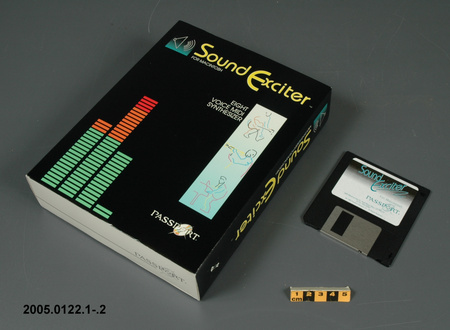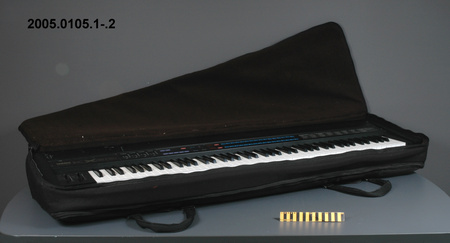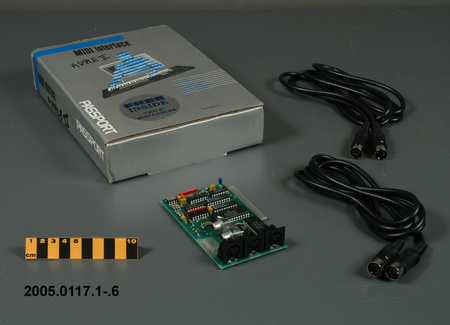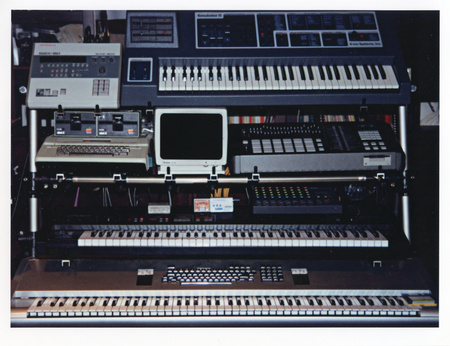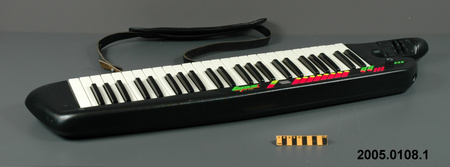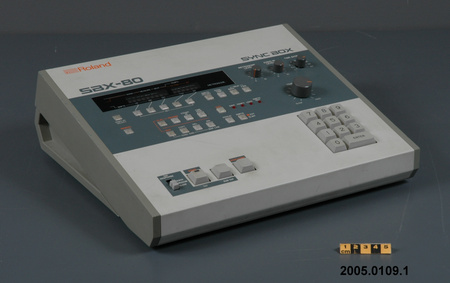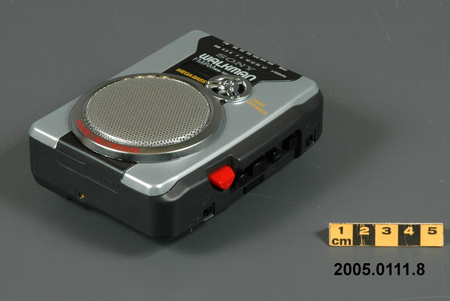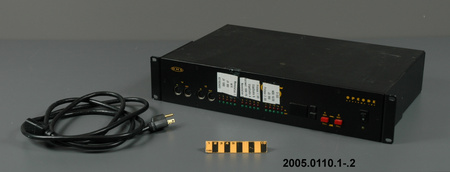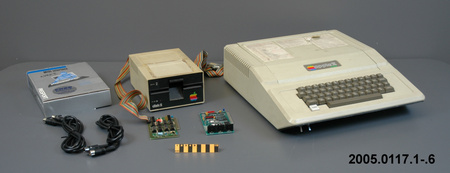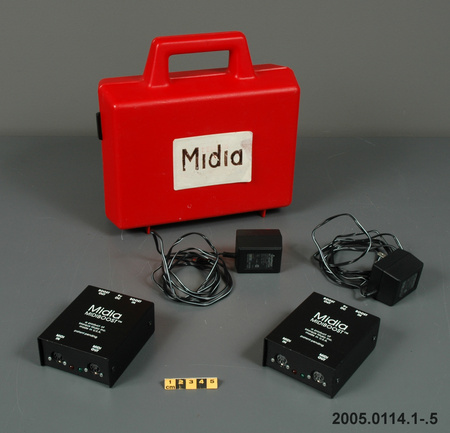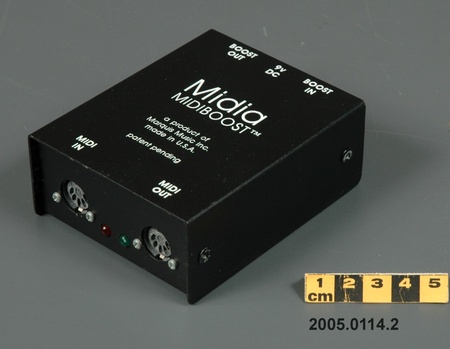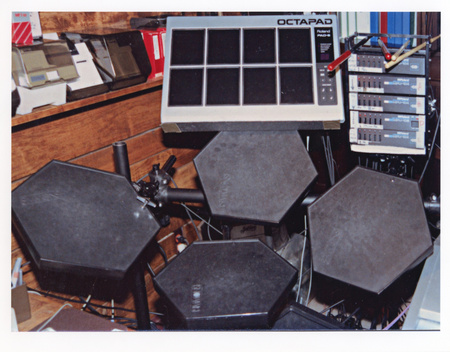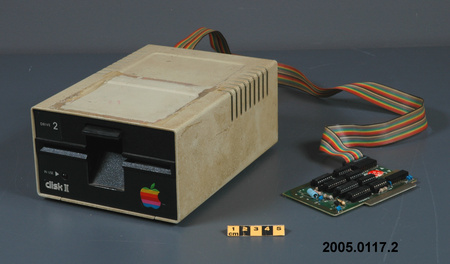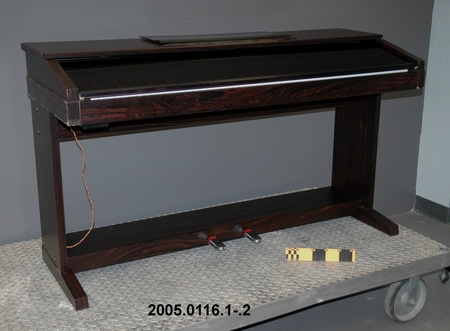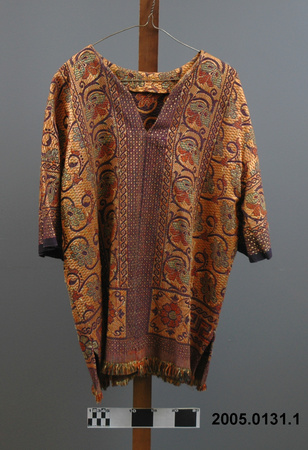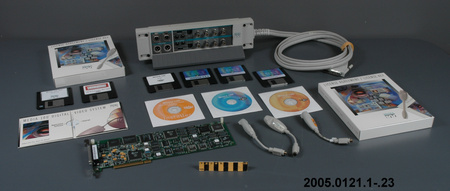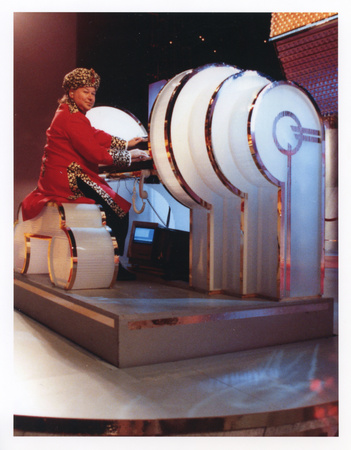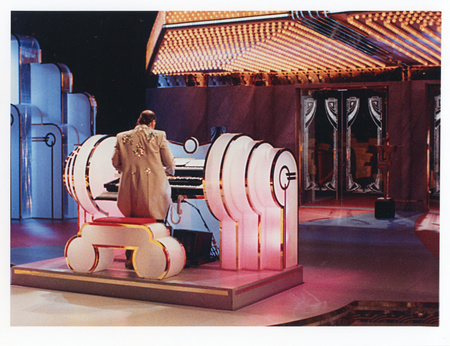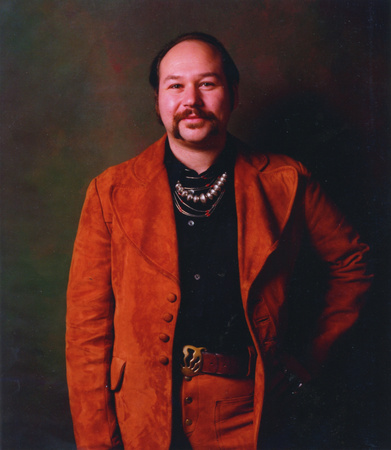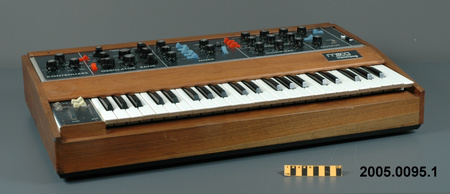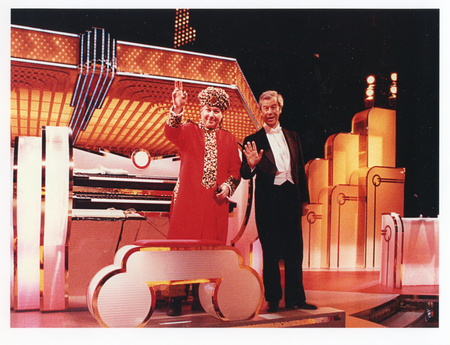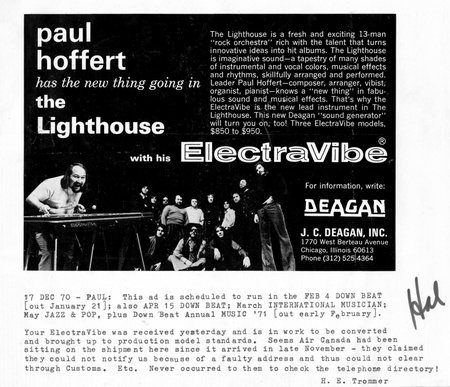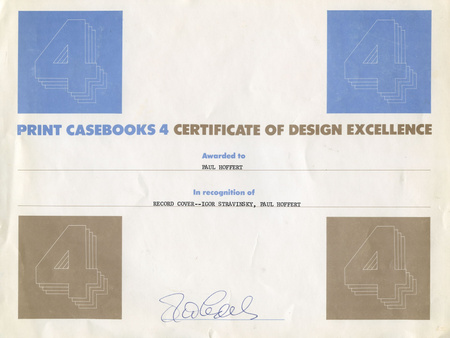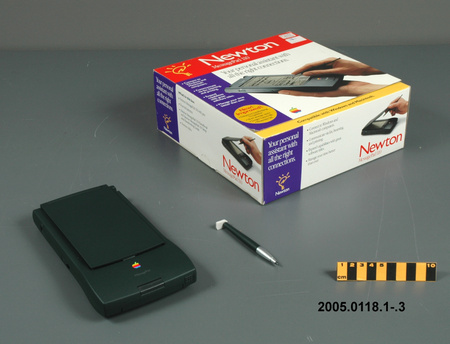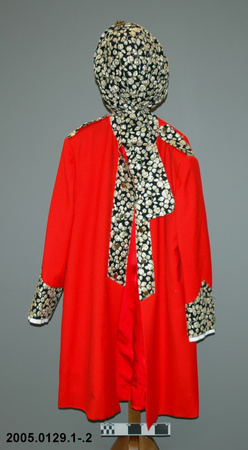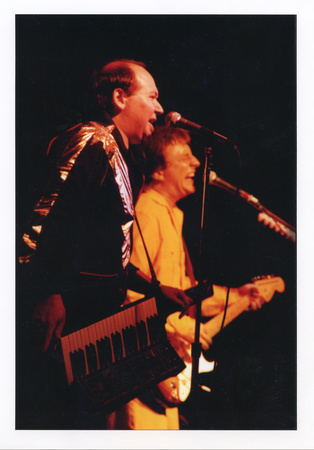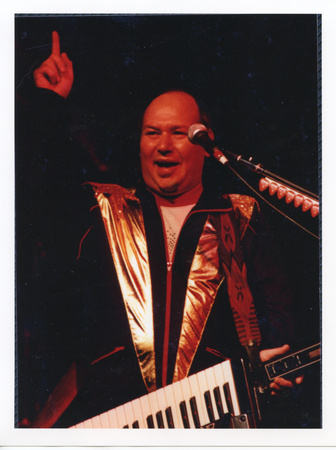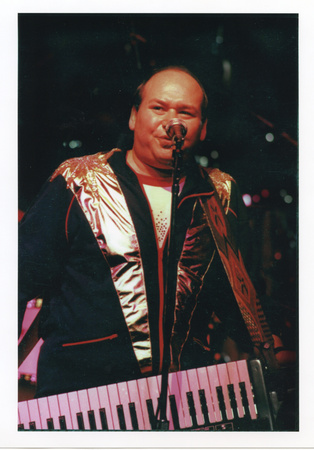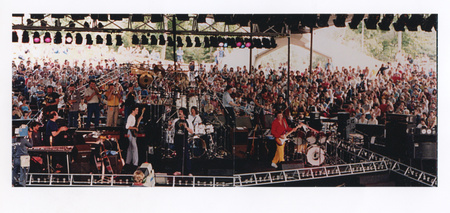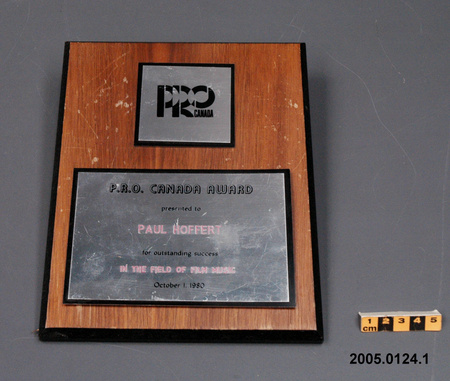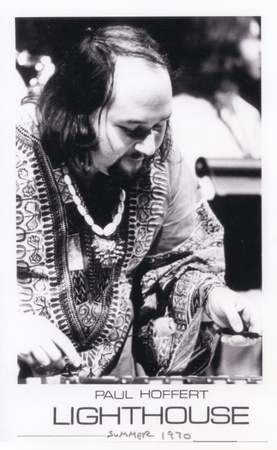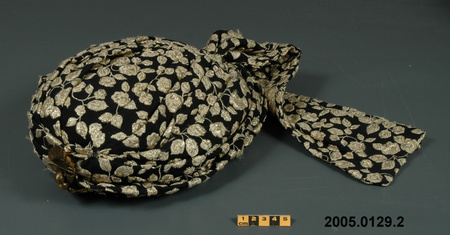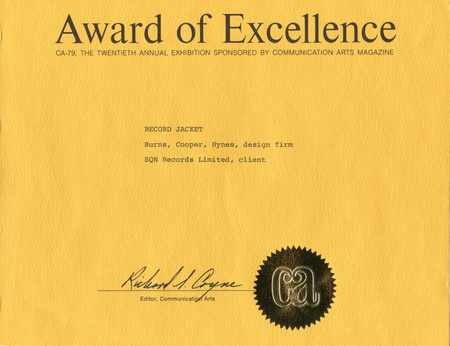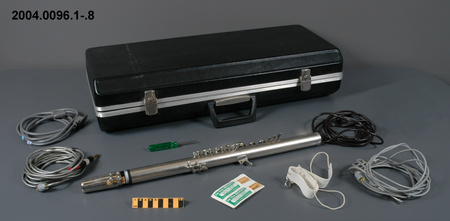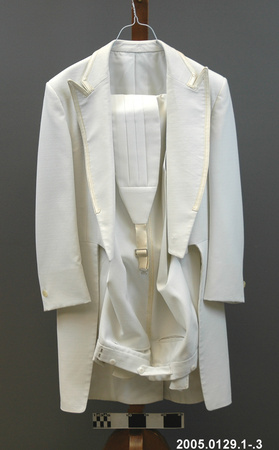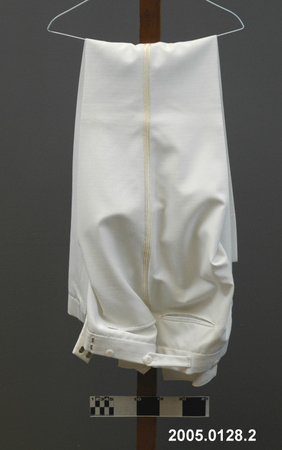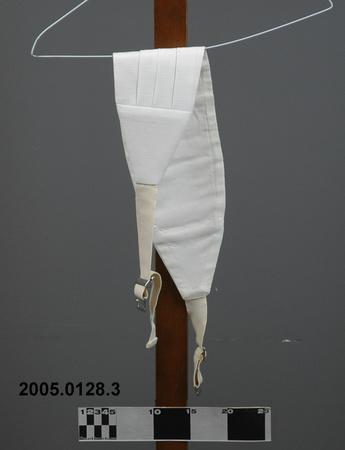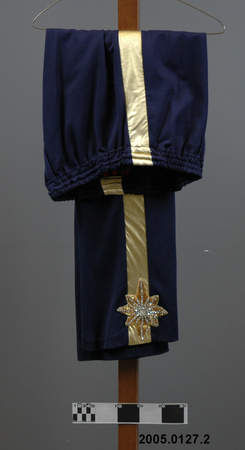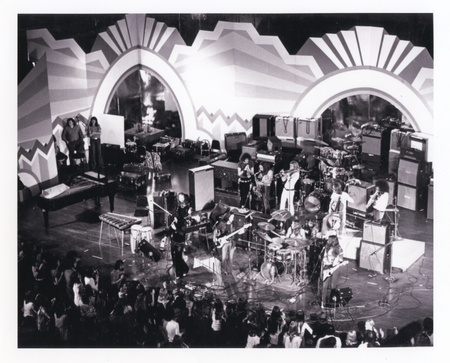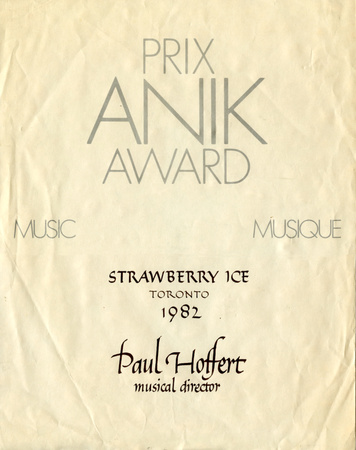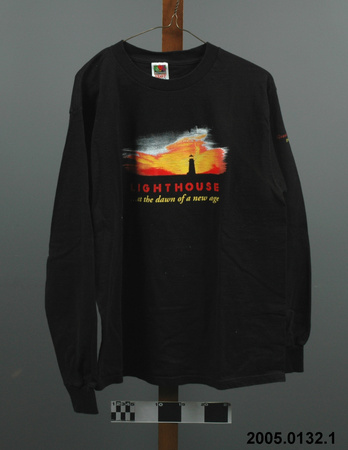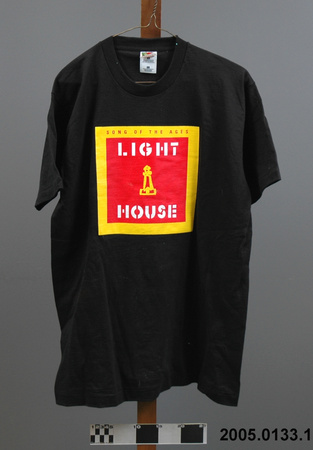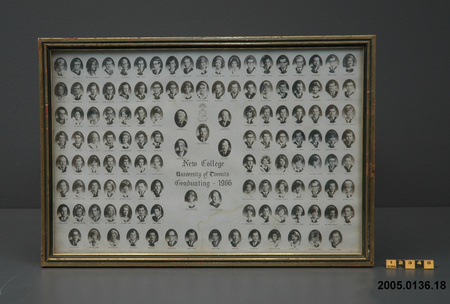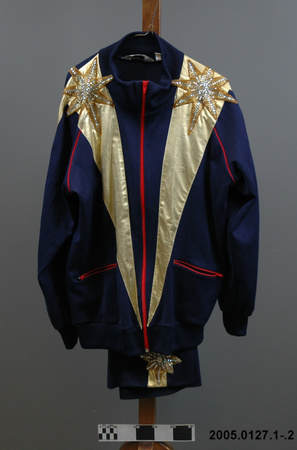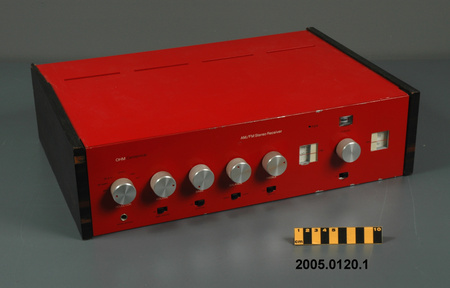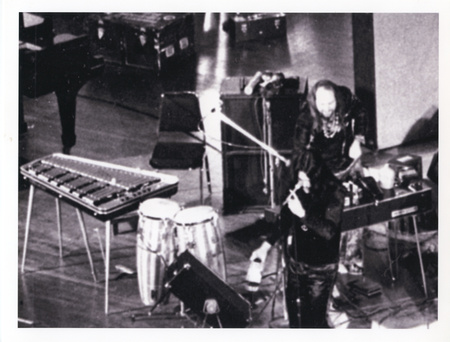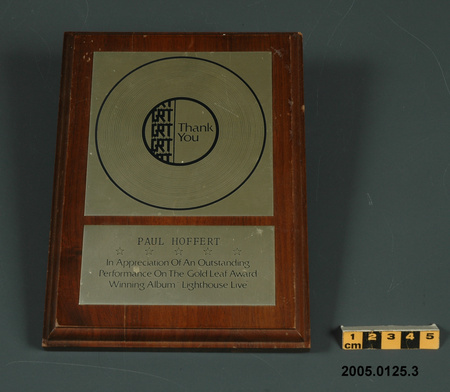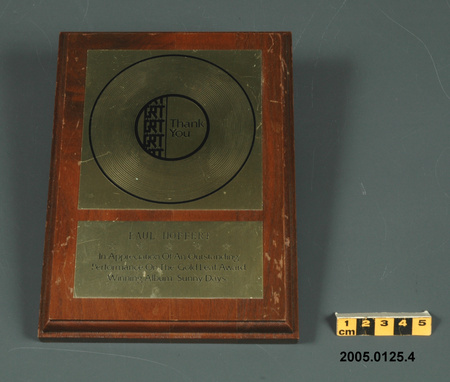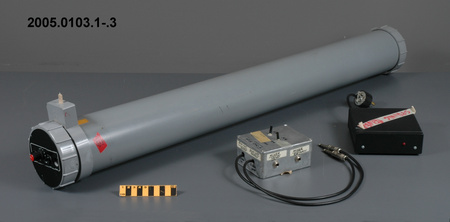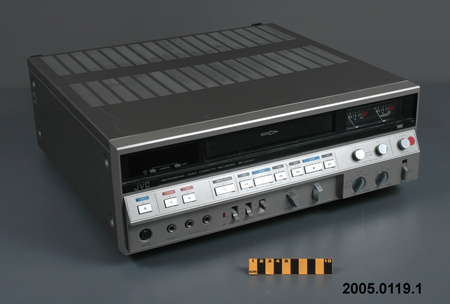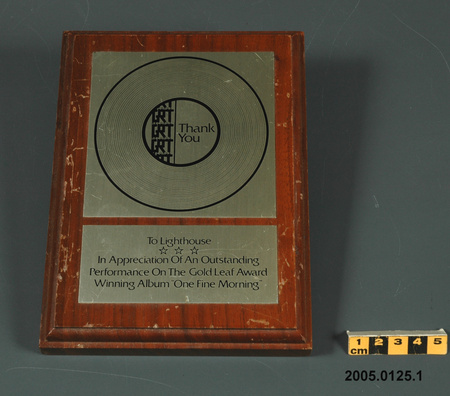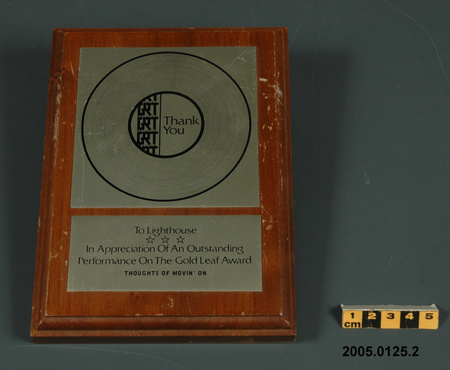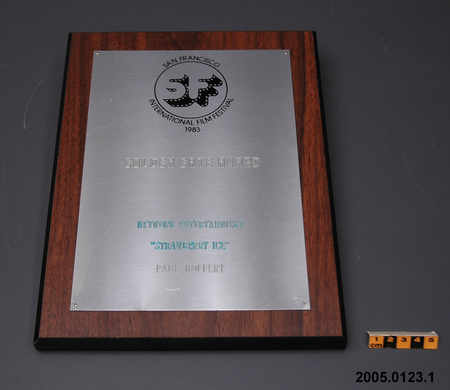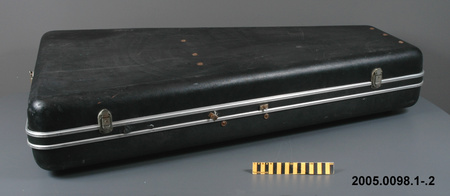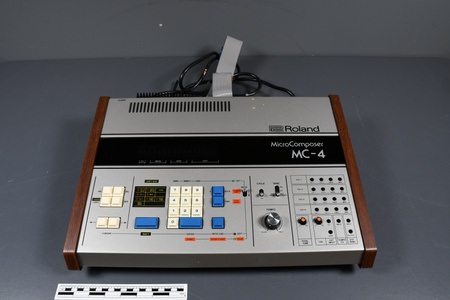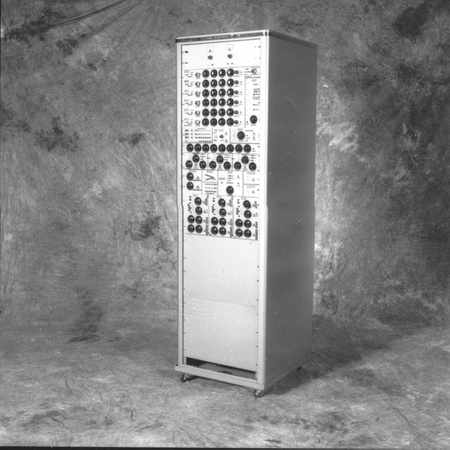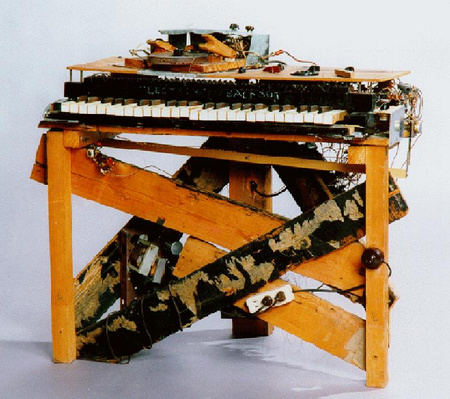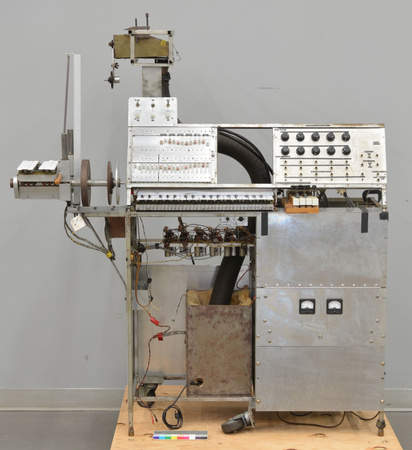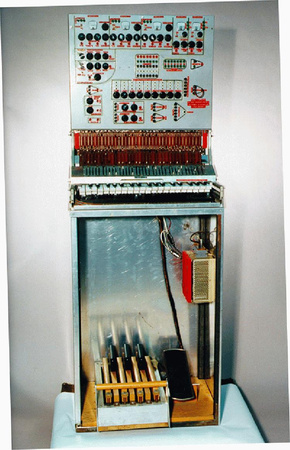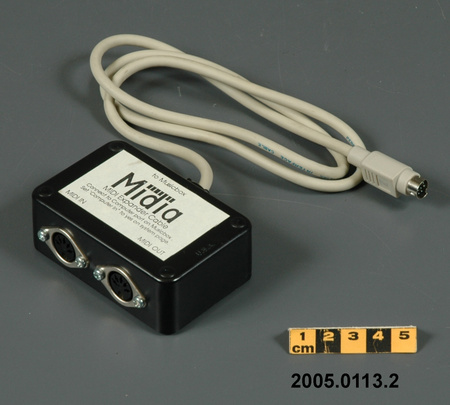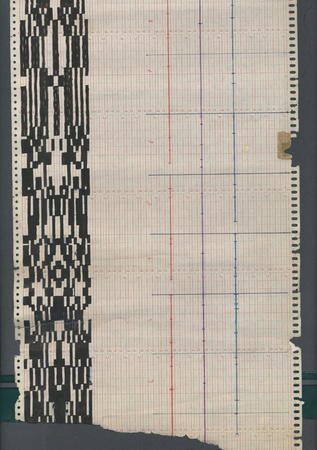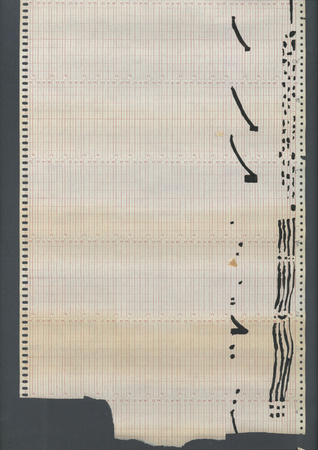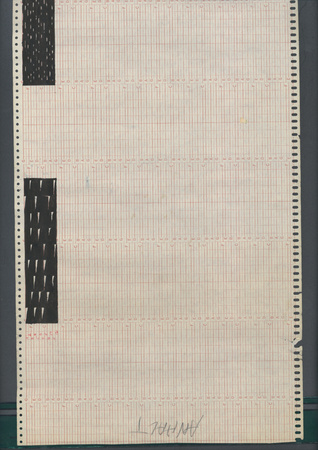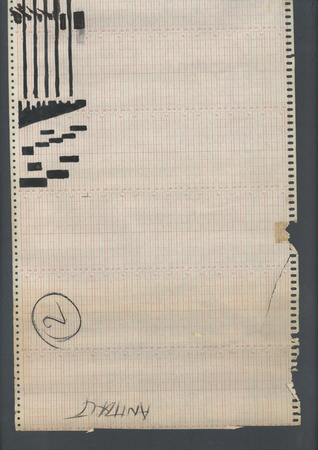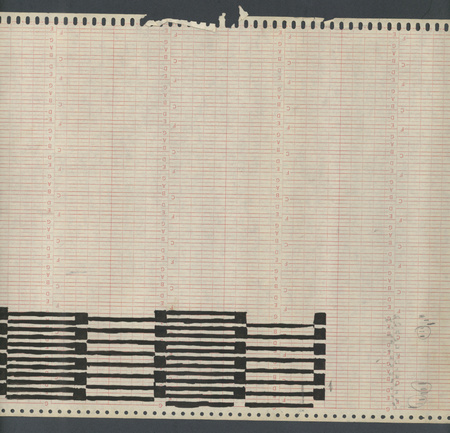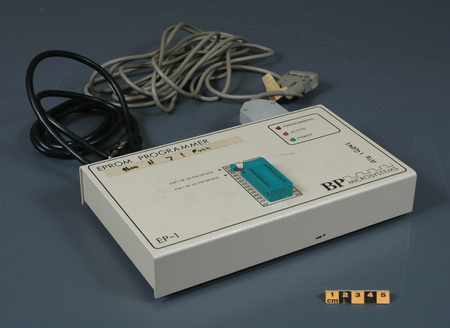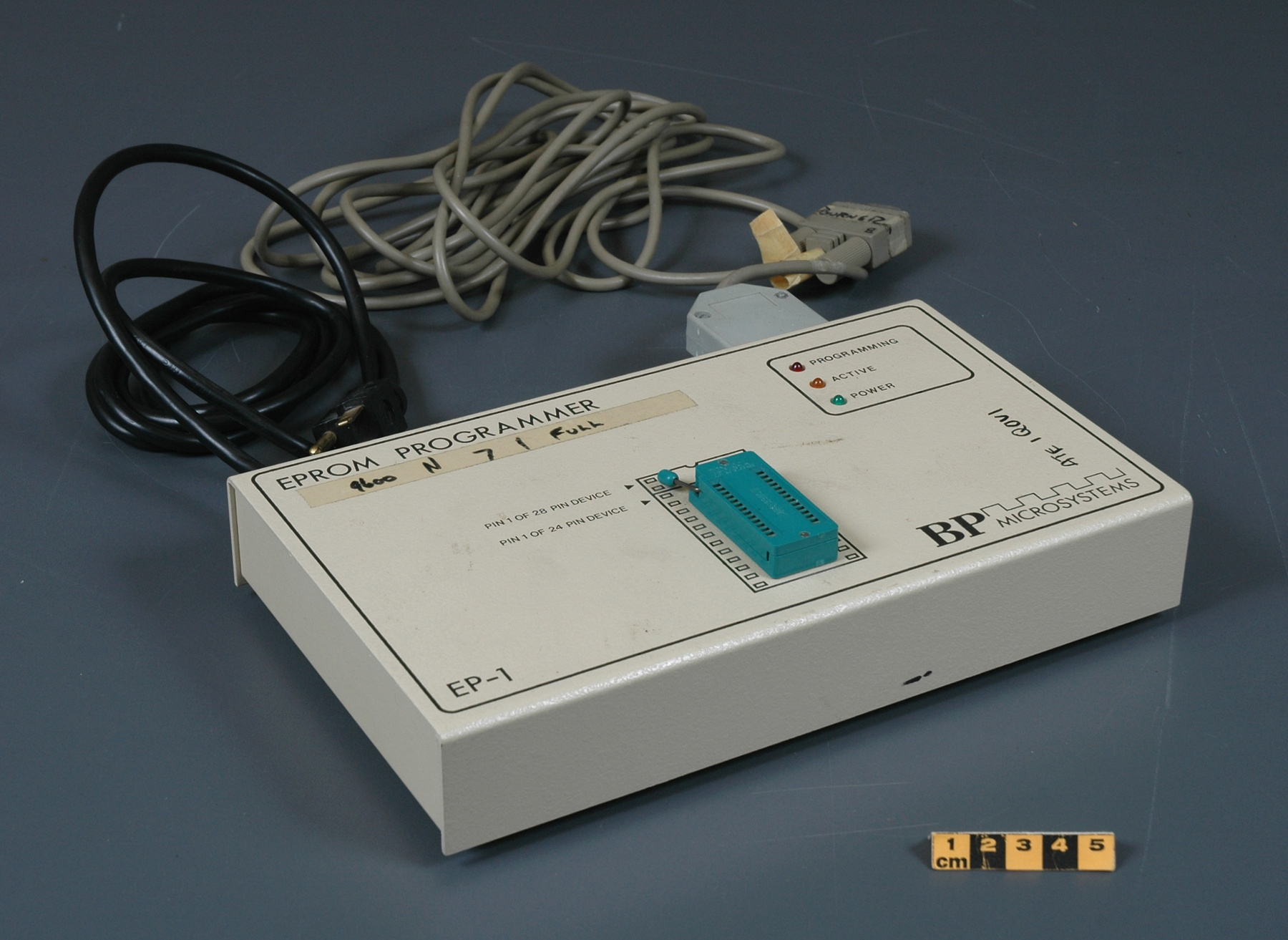Programmer, EPROM
Use this image
Can I reuse this image without permission? Yes
Object images on the Ingenium Collection’s portal have the following Creative Commons license:
Copyright Ingenium / CC BY-NC-ND (Attribution-NonCommercial 4.0 International (CC BY-NC 4.0)
ATTRIBUTE THIS IMAGE
Ingenium,
2005.0099.004
Permalink:
Ingenium is releasing this image under the Creative Commons licensing framework, and encourages downloading and reuse for non-commercial purposes. Please acknowledge Ingenium and cite the artifact number.
DOWNLOAD IMAGEPURCHASE THIS IMAGE
This image is free for non-commercial use.
For commercial use, please consult our Reproduction Fees and contact us to purchase the image.
- OBJECT TYPE
- N/A
- DATE
- 1984
- ARTIFACT NUMBER
- 2005.0099.004
- MANUFACTURER
- BP Microsystems
- MODEL
- EP-1
- LOCATION
- Unknown
More Information
General Information
- Serial #
- N/A
- Part Number
- 4
- Total Parts
- 4
- AKA
- N/A
- Patents
- N/A
- General Description
- metal casing and parts/ synthetic and metal power cord and cable/ rubber? feet/ synthetic and metal parts mounted on top
Dimensions
Note: These reflect the general size for storage and are not necessarily representative of the object's true dimensions.
- Length
- 25.8 cm
- Width
- 20.2 cm
- Height
- 5.5 cm
- Thickness
- N/A
- Weight
- N/A
- Diameter
- N/A
- Volume
- N/A
Lexicon
- Group
- Communications
- Category
- Music
- Sub-Category
- N/A
Manufacturer
- AKA
- BP
- Country
- Unknown
- State/Province
- Unknown
- City
- Unknown
Context
- Country
- Canada
- State/Province
- Unknown
- Period
- mid 1980s +
- Canada
-
Part of a collection of electronic equipment for musical composition, performance and recording owned and used by Canadian Paul Hoffert, composer, musician, author, researcher, entrepreneur and arts administrator. American born, he came to Canada as a child and his career has encompassed many areas of the Canadian music business, including working as a jazz pianist, CBC music director and performer, educator, manufacturer of stereo equipment, music producer, and film composer. In the late 1960s he worked for a short time as a researcher in Hugh LeCaine's electronic music lab at NRC, where he wrote a computer program for music analysis and developed a solid-body electric violin. In 1968 Hoffert and rock drummer Skip Prokop, formed the very successful jazz-rock band Lighthouse (1969-1974, 1982, 1993-present), which earned one platinum record and four gold records and received three Juno awards between 1971 and 1973 In 1977 Hoffert received a Canadian Film Award (later known as a Genie) for best original musical score for the movie "Outrageous!". He also headed the Academy of Canadian Cinema and Television, the Guild of Canadian Film and Television Composers,and the Ontario Council for the Art. In 1995 he was inducted into the Canadian Rock and Roll Hall of Fame. In 2009 he was appointed a Member of the Order of Canada. - Function
-
An EPROM, an Erasable Programmable Read Only Memory, is a type of computer memory chip which retains its data when its power supply is turned off. This burner was used to create EPROMS, specifically chips containing digital musical files created by a musician. The chips were then substituted for the factory installed EPROM=s in a sampling digital drum machine. - Technical
-
The Hoffert collection consists of approximately 25 pieces of electronic equipment for musical composition, performance and recording. These range from iconic keyboard instruments of the 1970s, to a variety of digital devices from the 1980s, to computer software from the early 1990s. These were used either for stage performances, especially during his years in the jazz rock band Lighthouse, or for work in his home studio. This is a MIDI digital drum machine that reproduces sampled, as opposed to synthesized, drum sounds. The digitized samples are stored using 8-bit coding on interchangeable EPROM microchips. Included also is a MIDI sequencer with a capacity of 60,000 notes and a built-in 32-track mixer. The Linn 9000 offers real time control of the volume, tuning and stereo panning of its 18 sounds and features velocity (touch) sensitive keypads. The Linn 9000 was designed by Roger Linn, who in 1978 had pioneered the sampling approach to drum machines, effecting a dramatic improvement in sound quality and rhythmic flexibility over the synthesized sounds then available. The Linn 9000 was his third and last model. Despite its power and versatility, early shipments were plagued by software bugs and the undercapitalized manufacturer went out of business after selling just over 1000 units. The Linn 9000 remains, though, highly respected in electronic music circles. Paul Hoffert calls the Linn 9000 "a classic, the aristocrat of drum sample-playback and sequencing devices." He recorded his own drum sounds for the Linn 9000, which he installed by transferring them from computer files to EPROM programmable microchips using an EPROM burner (included). He then substituted these chips for the factory installed EPROM's provided by Linn. Purchased soon after it was introduced, Hoffert used his Linn 9000 until the early 1990s. - Area Notes
-
Unknown
Details
- Markings
- black lettering on top reads 'EPROM PROGRAMMER', 'EP-1' and 'BP MICROSYSTEMS'/ handwritten lettering on top reads 'ATE 1QOV1' and '9800 N 7 1 FULL'/ black lettering on back reads 'BP MICROSYSTEMS'/ lettering on part reads 'TEXTOOL/ PAT NO. 37633459' and '228-33456'
- Missing
- unknown
- Finish
- textured off-white painted casing/ black power cord/ grey cable and connectors with metallic parts/ green synthetic part mounted on top
- Decoration
- black striping on top
CITE THIS OBJECT
If you choose to share our information about this collection object, please cite:
BP Microsystems, Programmer, EPROM, circa 1984, Artifact no. 2005.0099, Ingenium – Canada’s Museums of Science and Innovation, http://collection.ingenium.ca/en/id/2005.0099.004/
FEEDBACK
Submit a question or comment about this artifact.
More Like This

